What Is The Metrolink Train System In Southern California?
Source: KPCC
Do you recognize the train in the picture above? If not, that is fine. I find that a certain number of people with whom I speak to -- say that they have seen the train in the picture above, but have never tried to ride or look more into the system. No worries, that is what the purpose of this post will serve as. In the blog post below, I will introduce the Metrolink Train System which spans roughly 534-miles (in a spider-like pattern) in Southern California.
Yes, I said that the Metrolink Train System spans roughly 534 miles around the Southern California region.
Right about now, you may be asking yourself after reading the statement above the following question:
If Metrolink runs throughout the entire Southern California (across 6 counties), why am I not riding the train??
Why am I stuck in traffic when I could be relaxing on the Metrolink train (with bathrooms on board)??
Let's explore the Metrolink train system below.
What is Metrolink?
According to the Wikipedia page for Metrolink, the introductory paragraph describes the commuter rail system as the following:
Metrolink (reporting mark SCAX) is a commuter rail system in Southern California consisting of seven lines and 62 stations[3] operating on 534 miles (859 km) of rail network.[4]The system operates in Los Angeles, Orange, Riverside, San Bernardino, and Ventura counties, as well as to Oceanside in San Diego County.[5][6] It connects with the Los Angeles County Metro Rail and Metro Busway system, the San Diego Coaster commuter rail and Sprinter light rail services, and with Amtrak's Pacific Surfliner, Coast Starlight, Southwest Chief, and Sunset Limited intercity rail services.[7]//
The system, founded in 1991 as the Southern California Regional Rail Authority (SCRRA) and adopting "Metrolink" as its moniker,[8] started operation in 1992. Average weekday ridership was 39,838 as of 2017.[4]
All of the hyperlinked text in the description above links to the respective sites. The Metrolink train (as described above) crosses through 7 counties in the Southern California region. Additionally, the train connects up with Metro Light Rail at Union Station. But Metrolink is separate from Metro Light Rail and should not be confused with Metrolink. Again,
Metrolink commuter rail and Metro Light Rail are completely different in both appearances and operators.
In a future post, I will highlight the differences between the two systems. Readers might be annoyed by the redundancy of the statements above. Although, as advocates, many Southern California residents confuse all of the rail (train) systems. Therefore, clarification is necessary. To drive the point home with a picture, below is an image of a Metrolink Train Rail car:
Source: Metrolink Train
In the picture above, the interior of a Metrolink rail car is shown. Inside each rail car is a two-story seating system. Yes, two stories, below and above seating. In addition, there is a restroom on each Metrolink rail car. There are tables and electrical outlets to charge cell phones or other electrical devices. I apologize for the size of the image above. For a more comprehensive picture of Metrolink's rail cars, click on the Power Point - which is hyperlinked.
Where Do Metrolink Trains Run?
As I just stated -- Metrolink is a regional commuter rail system. The picture above shows that the design of the car is for longer commutes - on a regional scale. The system wide map is composed of 534 miles of track. Where do these Metrolink trains run throughout Southern California? The paragraphs below will highlight the broad reach of Metrolink with links to each station. Below is a map of the entire 534 mile Metrolink train system taken from the Metrolink website:
Source: Metrolink Train
As of now (2018), there are six main branches which originate from a central point which is Los Angeles Union Station. There is a seventh Metrolink line which connects 4 of the lower lines to avoid the hassle of having to travel up to Los Angeles Union Station to transfer to another line. This will become apparent when each line is inspected individually as shown in the paragraphs and diagrams below. Each line will be described briefly with a starting point and an ending point along with a list of stops to orient the reader (you).
1) Orange County Line
With this in mind, let's start looking at each line individually. First, the Orange County Line will be described below. The Orange County Line in the Metrolink train system is shown below (expanded):
Source: Metrolink Train
The starting point of the Orange County Line is at Los Angeles Union Station. The train ends in Oceanside. Note: there are other trains which are not owned and operated which go further down into San Diego. Metrolink stops in Oceanside. Along the Orange County Line, the following stops have stations with parking and ticket vending machines. Listed below are the stops in a list format:
- Los Angeles Union Station
- Commerce
- Norwalk/Santa Fe Springs
- Buena Park
- Fullerton
- Anaheim
- Orange
- Santa Ana
- Tustin
- Irvine
- Laguna Niguel/Mission Viejo
- San Juan Capistrano
- San Clemente
- San Clemente Pier
- Oceanside
Each of the stations listed above are hyperlinked. Which means that if you click on the text, the you will be directed (through a different web browser window) to the Station website. For instance, if you were to click on "Irvine", the following picture of the web page for Irvine Metrolink station would appear as follows:
Source: Metrolink Train
You may find the times of specific trains in the morning and afternoon on weekdays along with Saturday/Sunday service by clicking here.
At this point in time, it is worth noting that not all Metrolink lines run Saturday/Sunday service. Be sure to check in advance of scheduling a trip on any day of the week or weekend to make sure that the train runs on the desired line you are looking to ride on.
That wraps up the first of seven Metrolink train lines. The next line is the San Bernardino Line.
2) San Bernardino Line:
The San Bernardino Line in the Metrolink train system is shown below (expanded):
Source: Metrolink Train
The starting point of the San Bernardino Line is at Los Angeles Union Station. The train ends in San Bernardino. Along the San Bernardino Line, the following stops have stations with parking and ticket vending machines. Listed below are the stops in a list format:
- Los Angeles Union Station
- Cal. State LA
- El Monte
- Baldwin Park
- Covina
- Pomona - North
- Claremont
- Montclair
- Upland
- Rancho Cucomonga
- Fontana
- Rialto
- San Bernardino Depot
- San Bernardino Downtown
Each of the stations listed above are hyperlinked. Which means that if you click on the text, the you will be directed (through a different web browser window) to the Station website. For instance, if you were to click on "Claremont", the following picture of the web page for Claremont Metrolink station would appear as follows:
Source: Metrolink Train
You may find the times of specific trains in the morning and afternoon along with Saturday/Sunday service by clicking here. This concludes the information for the San Bernardino Line offered by Metrolink. Next, the 91/Perris Valley Line will be considered below
3) 91/Perris Valley Line
As the name indicates, the 91/Perris Valley Line follows the 91 freeway into Riverside starting from Los Angeles Union Station. The expanded view of the 91/Perris Valley Line is shown below:
Source: Metrolink Train
The starting point of the 91/Perris Valley Line is at Los Angeles Union Station. The train ends in 91/Perris Valley Line. Along the 91/Perris Valley Line, the following stops have stations with parking and ticket vending machines. Listed below are the stops in a list format:
- Los Angeles Union Station
- Norwalk/Santa Fe Springs
- Buena Park
- Fullerton
- Placentia (Future Station - under construction)
- Corona - West
- Corona - North Main
- Riverside - La Sierra
- Riverside - Downtown
- Riverside - Hunter Park/UC Riverside
- Moreno Valley/March Field
- Perris - Downtown
- Perris - South
Each of the stations listed above are hyperlinked. Which means that if you click on the text, the you will be directed (through a different web browser window) to the Station website. For instance, if you were to click on "Corona - North Main", the following picture of the web page for Corona - North Main Metrolink station would appear as follows:
Source: Metrolink Train
You may find the times of specific trains in the morning and afternoon offered during the week days along with Saturday/Sunday service by clicking here. This concludes the information for the 91/Perris Valley Line offered by Metrolink. Next, the Riverside Line will be considered below.
4) Riverside Line
The last train line which runs East from Los Angeles is the Riverside Line. Below is an expanded view of the Riverside Line:
Source: Metrolink Train
As shown above, the Riverside Line runs Eastward between the San Bernardino Line and the 91/Perris Valley Line. The starting point of the Riverside Line is at Los Angeles Union Station and ends at Riverside (Downtown) station. Along the Riverside Line, the following stops have stations with parking and ticket vending machines. Listed below are the stops in a list format:
- Los Angeles Union Station
- Montebello/Commerce
- Industry
- Pomona - Downtown
- Ontario - East
- Jurupa Valley/Pedley
- Riverside - Downtown
Each of the stations listed above are hyperlinked. Which means that if you click on the text, the you will be directed (through a different web browser window) to the Station website. For instance, if you were to click on "Pomona - Downtown", the following picture of the web page for Pomona - Downtown Metrolink station would appear as follows:
Source: Metrolink Train
You may find the times of specific trains in the morning and afternoon offered during the week days along with Saturday/Sunday service by clicking here. This concludes the information for the Riverside Line offered by Metrolink. Next, the Inland Empire - Orange County Line will be considered below.
5) Inland Empire - Orange County Line
The Inland Empire - Orange County Line is slightly different from any other Metrolink train line in that the starting point is not at Los Angeles Union Station. As shown in the expanded view below, the Inland Empire - Orange County Line extends and connects the following lines: Orange County Line, 91/Perris Valley Line, Riverside Line, and San Bernardino:
Source: Metrolink Train
The starting point is at San Bernardino and runs South West toward Oceanside. Again, this Metrolink train line does not pass through Los Angeles Union Station. Along the Inland Empire - Orange County Line, the following stops have stations with parking and ticket vending machines. Listed below are the stops in a list format:
- San Bernardino - Downtown
- San Bernardino - Depot
- Riverside - Downtown
- Riverside - La Sierra
- Corona - North Main
- Corona - West
- Anaheim Canyon
- Orange
- Santa Ana
- Tustin
- Irvine
- Laguna Niguel/Mission Viejo
- San Juan Capistrano
- San Clemente
- San Clemente - Pier
- Oceanside
Each of the stations listed above are hyperlinked. Which means that if you click on the text, the you will be directed (through a different web browser window) to the Station website. For instance, if you were to click on "Anaheim Canyon", the following picture of the web page for Anaheim Canyon Metrolink station would appear as follows:
Source: Metrolink Train
You may find the times of specific trains in the morning and afternoon offered during the week days along with Saturday/Sunday service by clicking here. This concludes the information for the Inland Empire - Orange County Line offered by Metrolink.
The next two Metrolink Train lines will be the only train lines which run North and NorthWest of Los Angeles -- Ventura County Line and Antelope Valley Line -- will be considered below.
6) Ventura County Line:
As I just mentioned, the Ventura County Line is different that the previous 5 Metrolink train lines introduced above. The Ventura County Line is shown (in an expanded view) below:
Source: Metrolink Train
The Ventura County Line extends from Los Angeles Union Station through the valley (Northridge) on through Simi Valley to Ventura. Yes, the city of Ventura. The starting point for the train on the Ventura County Line is at Los Angeles Union Station and the end point is in the city of Ventura. Along the Ventura County Line, the following stops have stations with parking and ticket vending machines. Listed below are the stops in a list format:
- Los Angeles Union Station
- Glendale
- Burbank - Downtown
- Burbank Airport
- Van Nuys
- Northridge
- Chatsworth
- Simi Valley
- Moorepark
- Camarillo
- Oxnard
- Ventura East
Each of the stations listed above are hyperlinked. Which means that if you click on the text, the you will be directed (through a different web browser window) to the Station website. For instance, if you were to click on "Northridge", the following picture of the web page for Northridge Metrolink station would appear as follows:
Source: Metrolink Train
You may find the times of specific trains in the morning and afternoon offered during the week days along with Saturday/Sunday service by clicking here. This concludes the information for the Ventura County Line Line offered by Metrolink. The next Metrolink Train line will be the other train line which runs North of Los Angeles -- Antelope Valley Line -- will be considered below.
7) Antelope Valley Line:
The last but not least Metrolink train line is the Antelope Valley Line. An expanded view of the Antelope Valley is shown below:
Source: Metrolink Train
The Antelope Valley Line extends from Los Angeles Union Station through the valley (Santa Clarita) on through Palmdale to Lancaster. Yes, the city of Lancaster in the high desert. The starting point for the train on the Antelope Valley Line is at Los Angeles Union Station and the end point is in the city of Lancaster. Along the Antelope Valley Line, the following stops have stations with parking and ticket vending machines. Listed below are the stops in a list format:
- Los Angeles Union Station
- Glendale
- Burbank - Downtown
- Burbank Airport - North (AV Line)
- Sun Valley
- Sylmar/San Fernando
- Newhall
- Santa Clarita
- Via Princessa
- Vincent Grade/Acton
- Palmdale
- Lancaster
Each of the stations listed above are hyperlinked. Which means that if you click on the text, the you will be directed (through a different web browser window) to the Station website. For instance, if you were to click on "Palmdale", the following picture of the web page for Palmdale Metrolink station would appear as follows:
Source: Metrolink Train
This concludes the breakdown of the Metrolink Train routes by Lines with hyperlinks to station information such as times on weekdays and weekends along with holidays. Be sure to check out times before planning a vacation/adventure on Metrolink Trains.
Conclusion
The information above serves as a starting point for using Metrolink either for an adventure or commuting purposes. We have greatly enjoyed riding Metrolink over the years and continue to do so. Our advocacy has extended to raise awareness of the Metrolink train lines with no weekend service. We feel like the benefits of Metrolink trains are enormous and everyone should have the opportunity to ride Metrolink 7 days a week. Especially given the reach (534 miles) of track regionally. There is no doubt that Metrolink offers service to a wide variety of regional locations. Which is great considering the expansion that Southern California is experiencing with population growth. Metrolink will play a greater role in helping to relieve the traffic congestion on the freeway by offering a more sustainable source of transportation.
Last but not least, try a ride on Metrolink and leave us a comment about your adventure in the comment section below. Enjoy!
Related Links and Blog Posts:
Bikecar101 - Our Advocacy
Metrolink Train Schedules
Metrolink Train Stations
Metrolink site - How to Ride Metrolink
To support our advocacy, help us by the following:
1) Follow us on Facebook or hit "like"
2) Follow us on Twitter
3) Follow us on Instagram
4) Go to Bikecar101 and enter information to support bicycles on board trains!
Thank you very much!
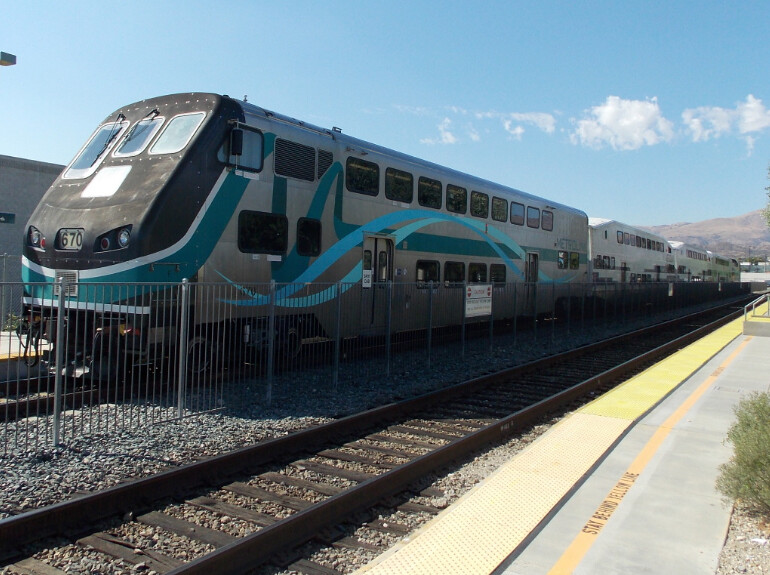
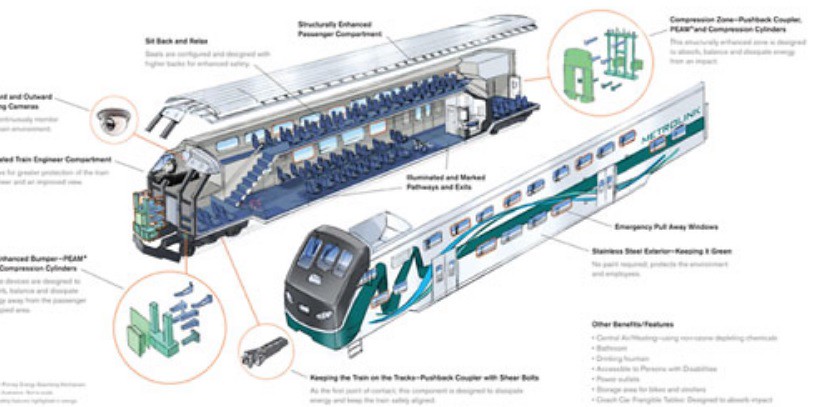
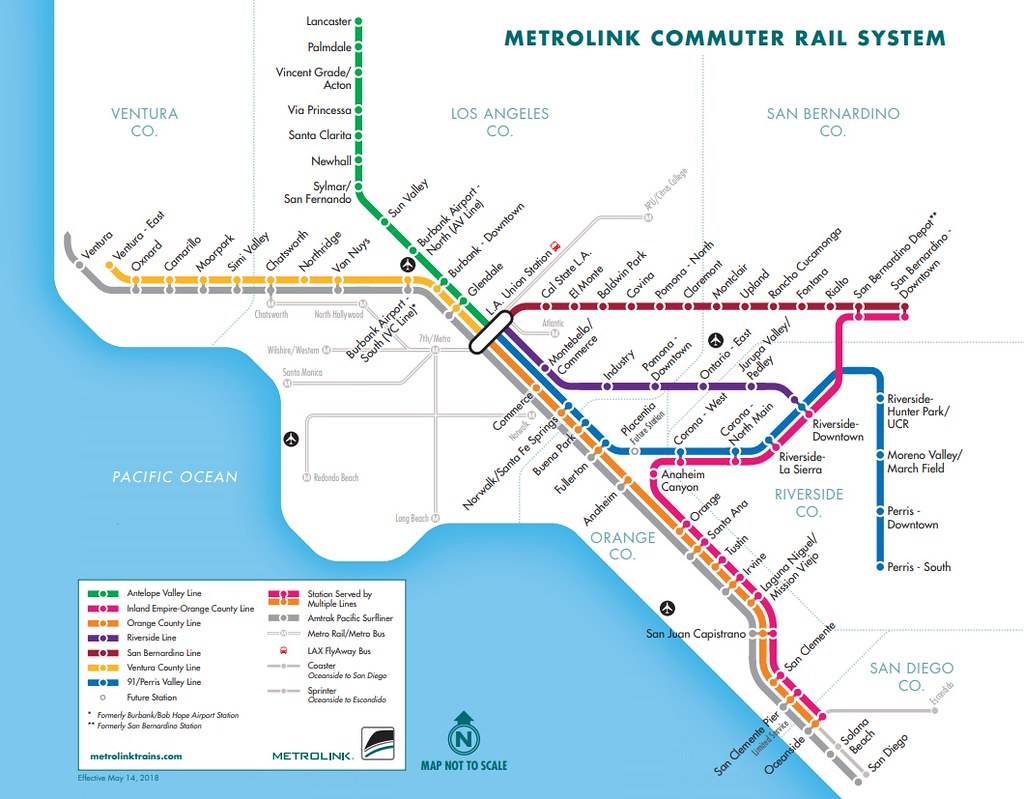


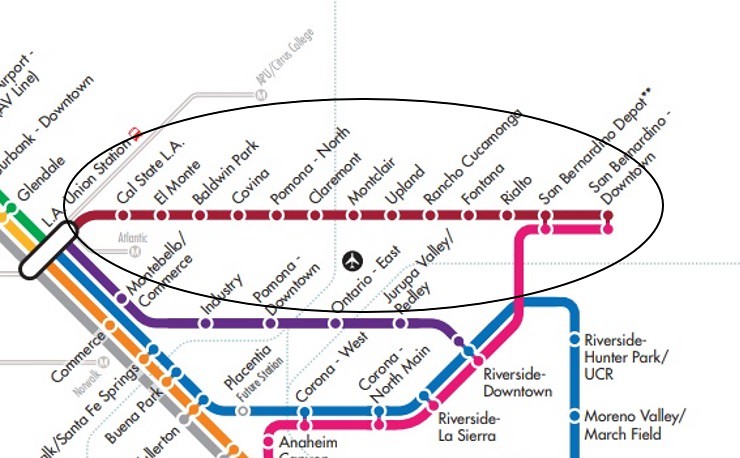
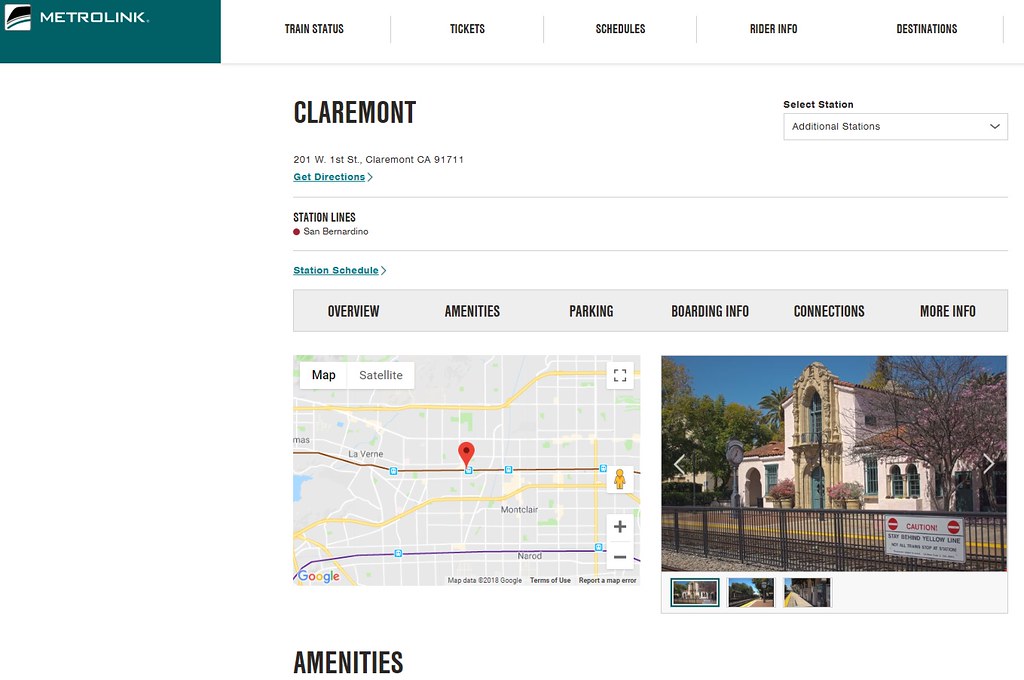

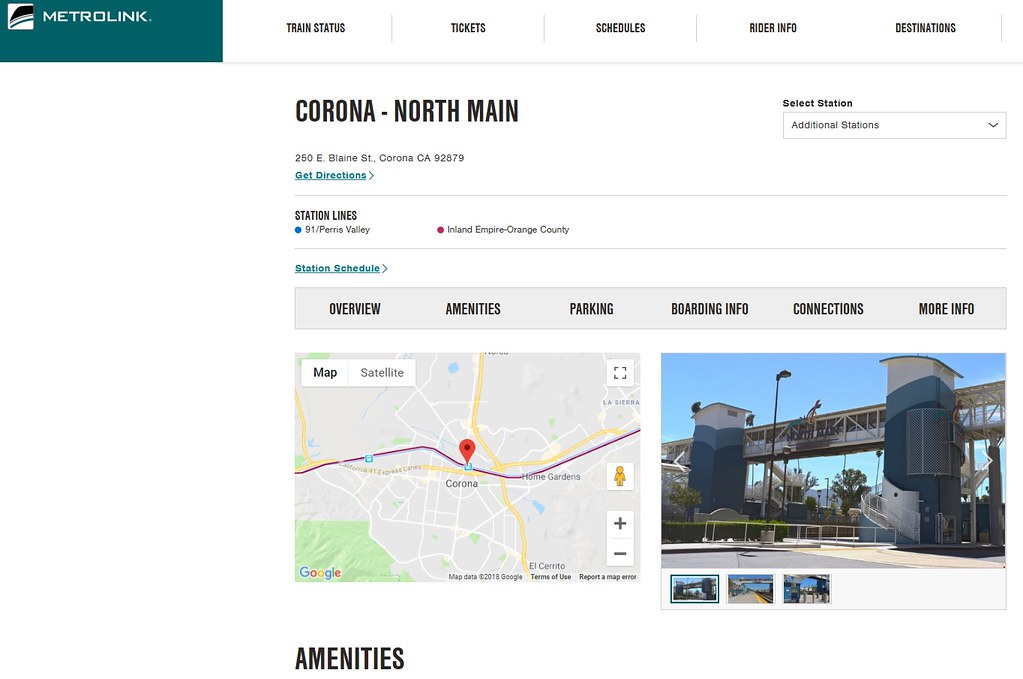
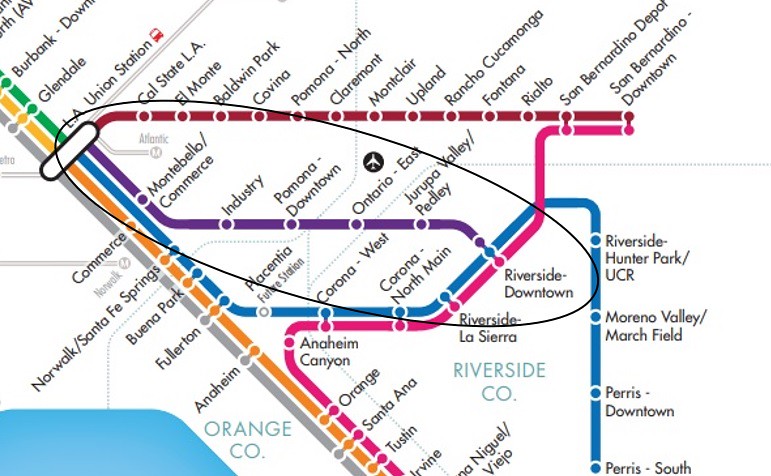
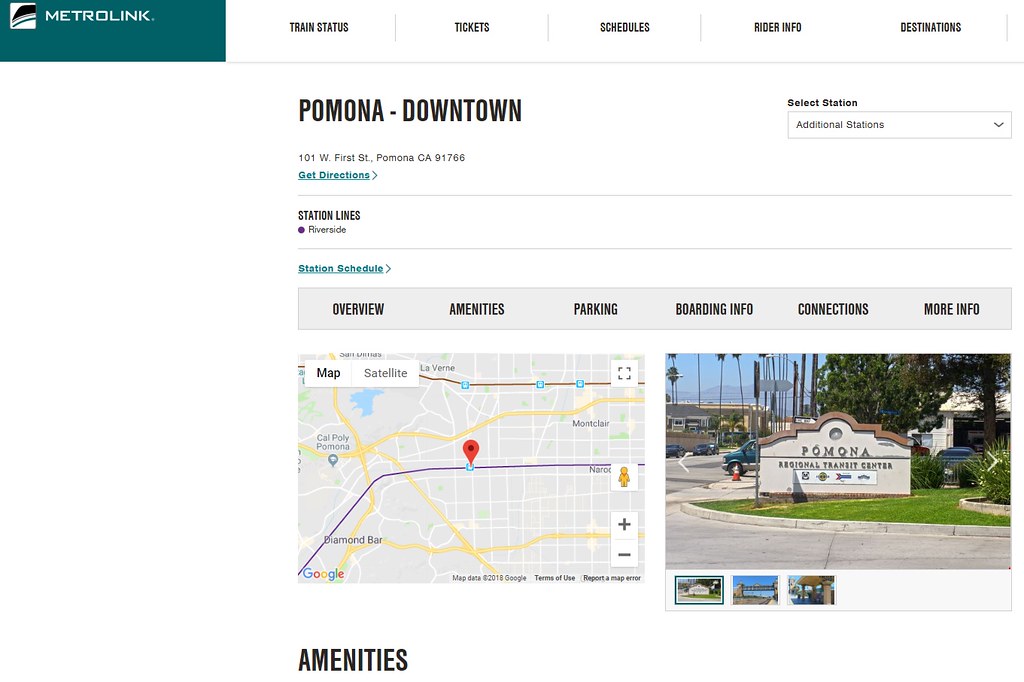
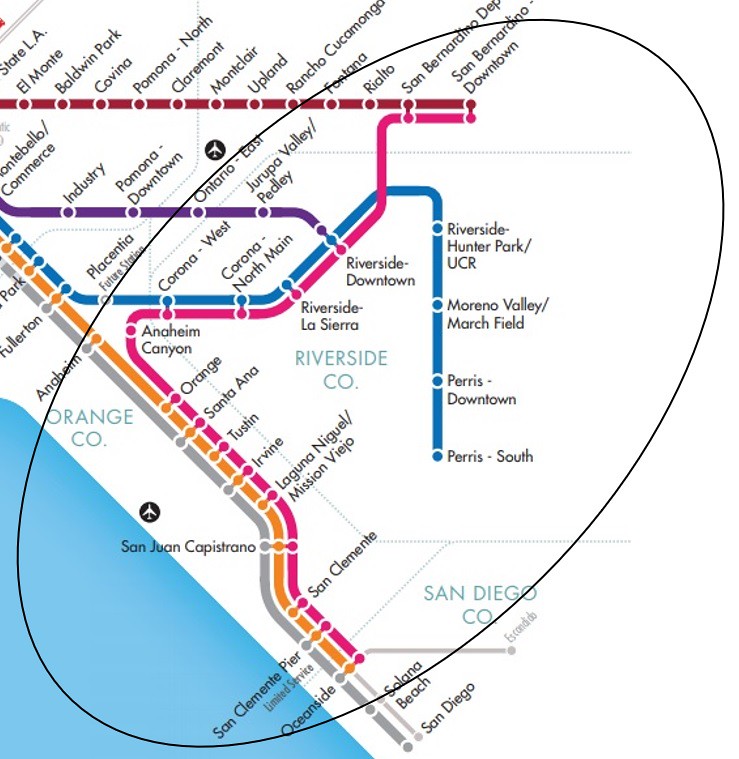
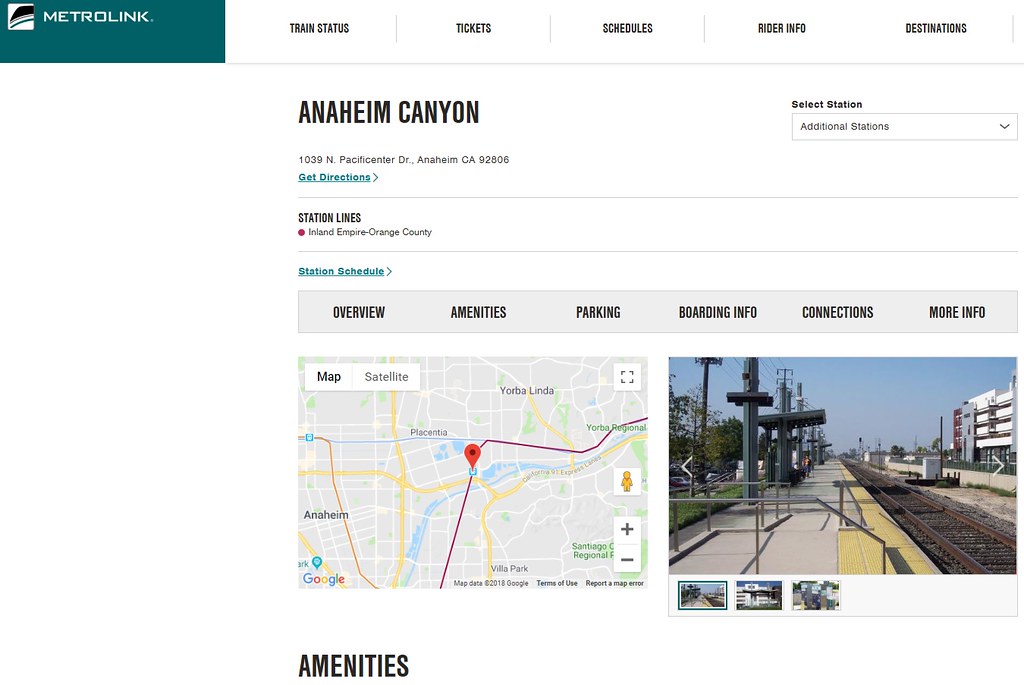
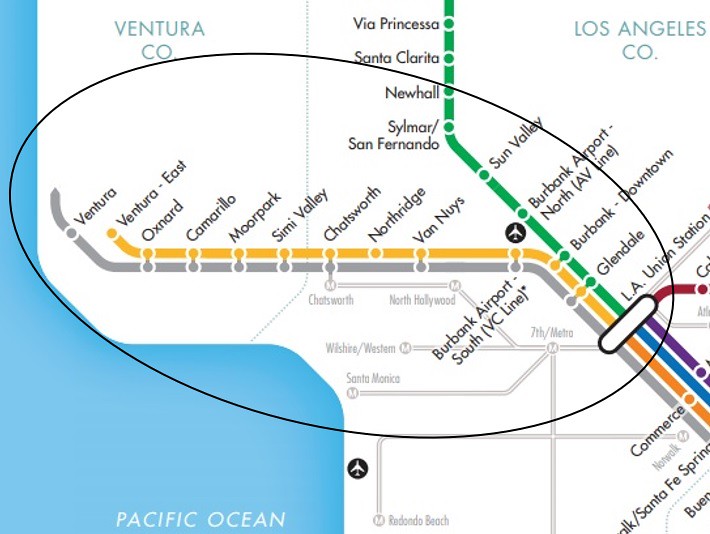
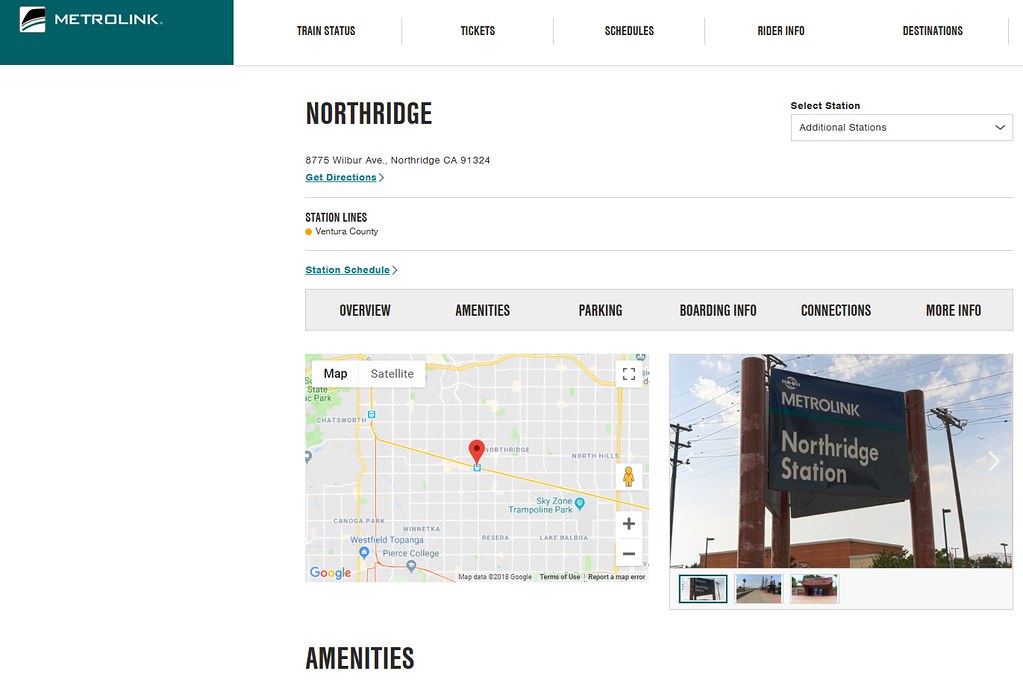


Comments
Post a Comment